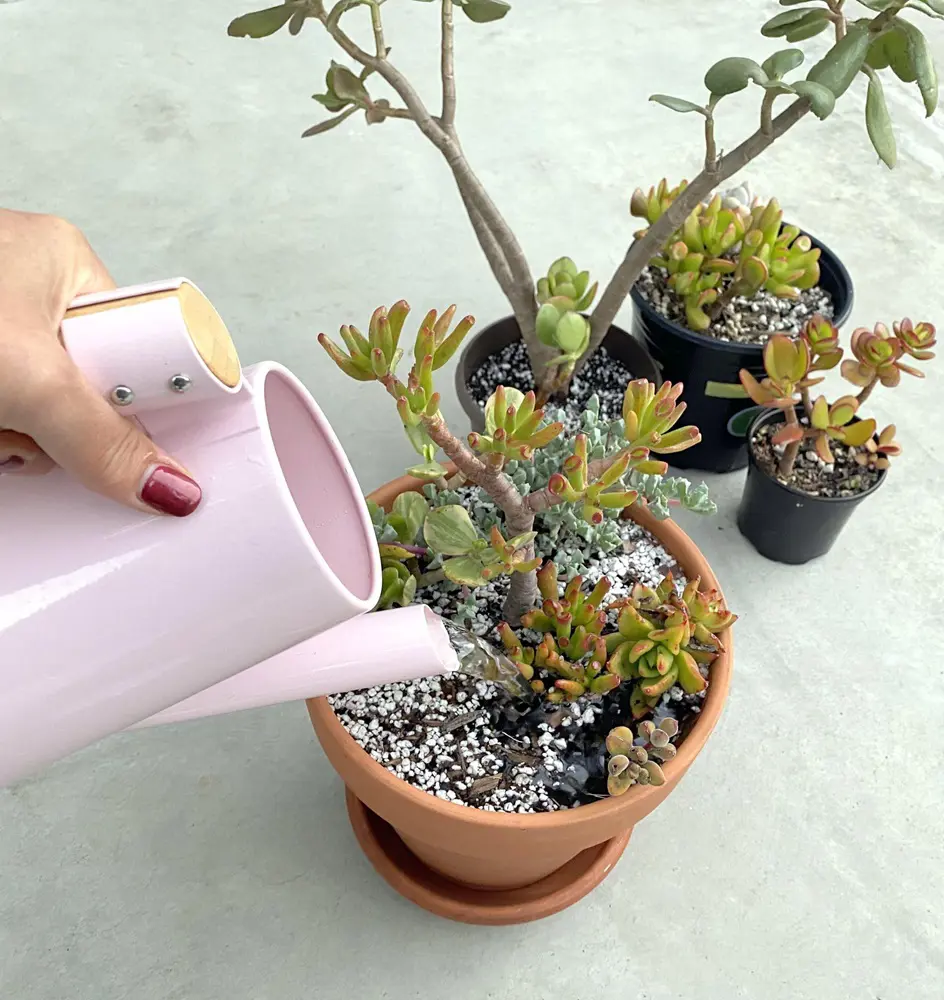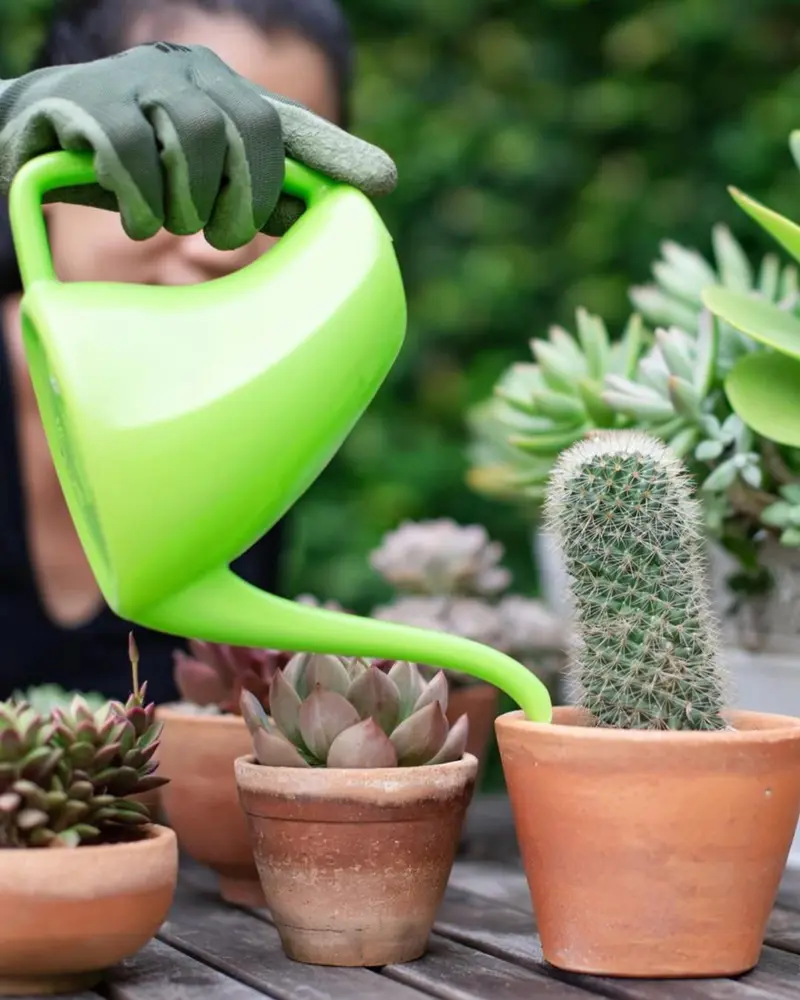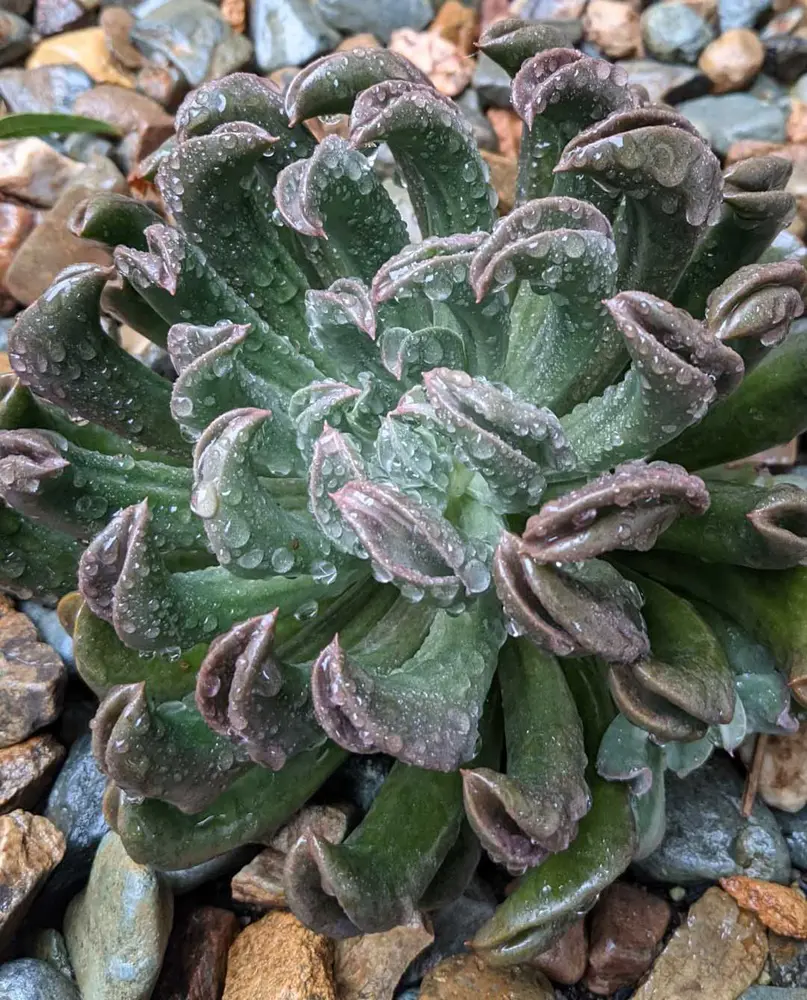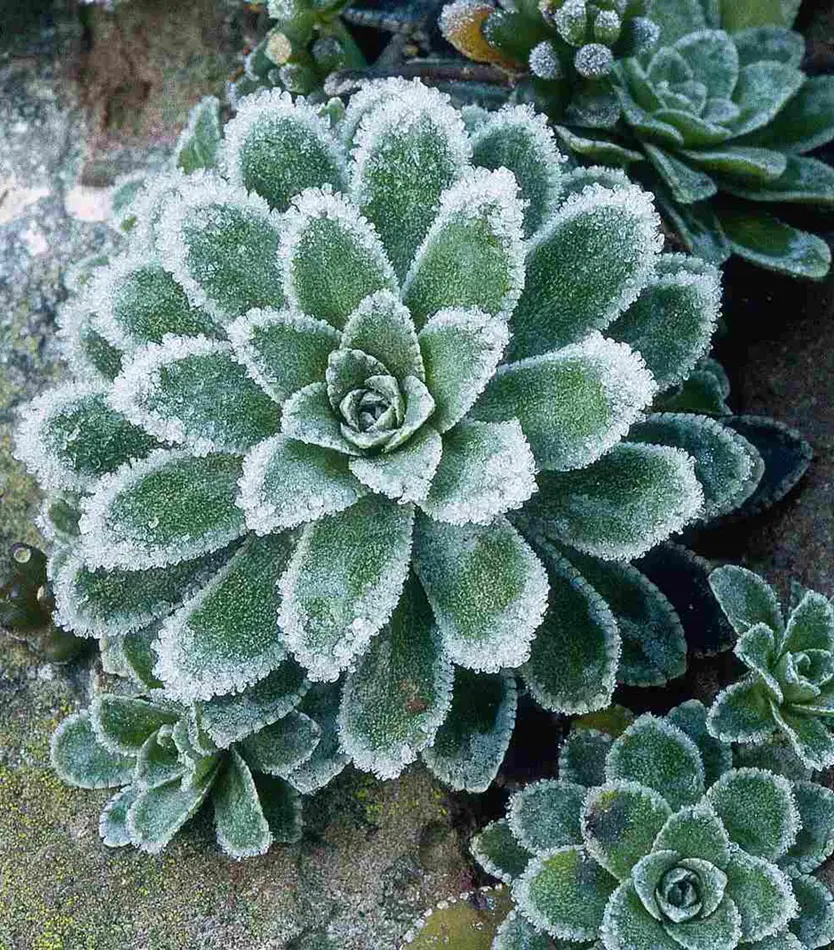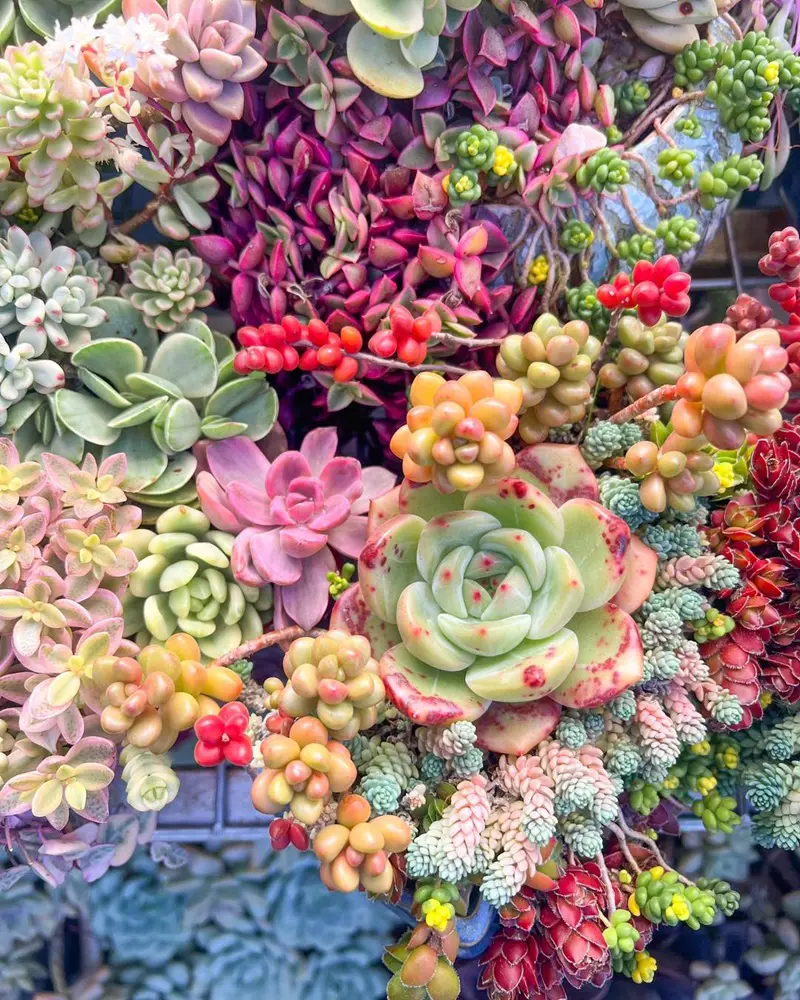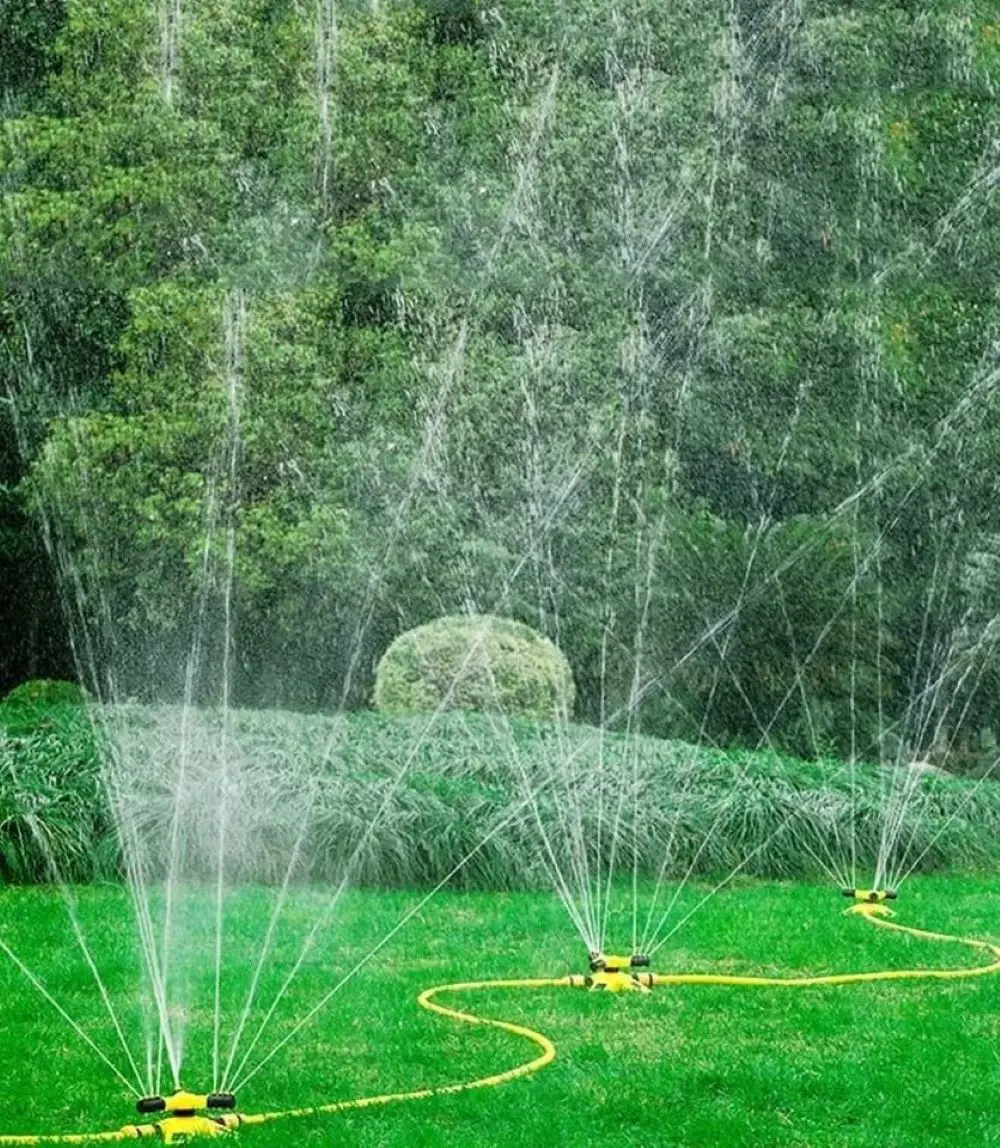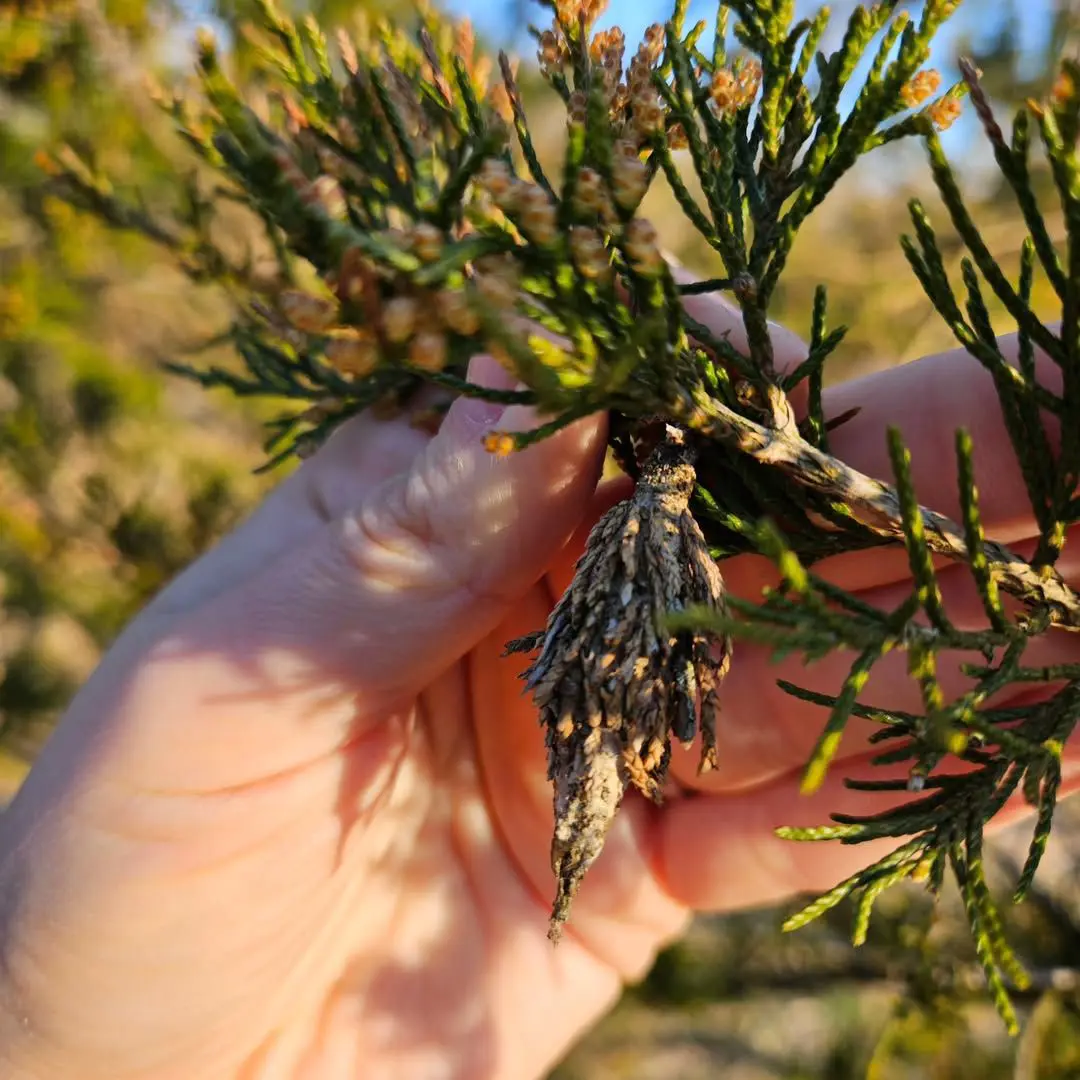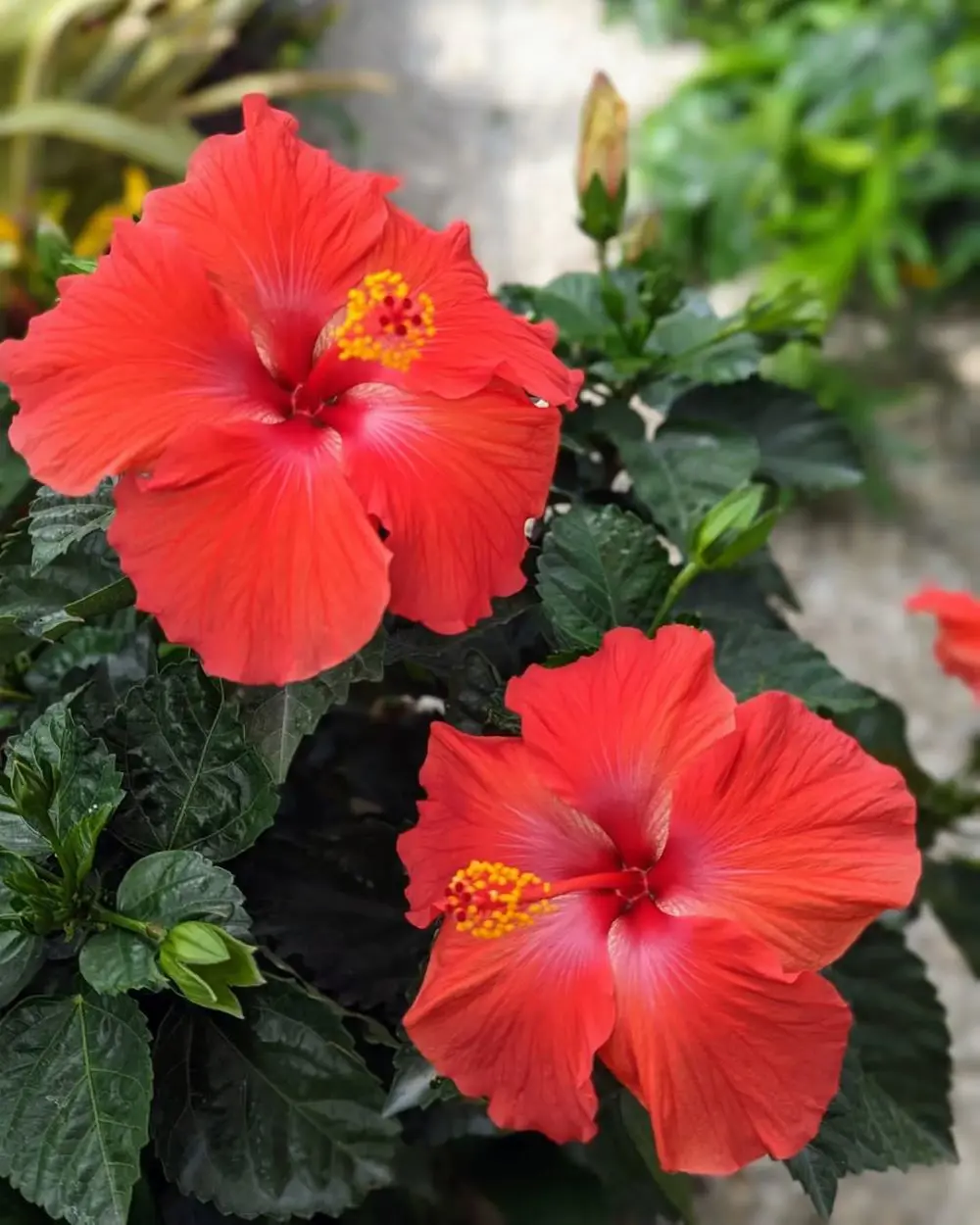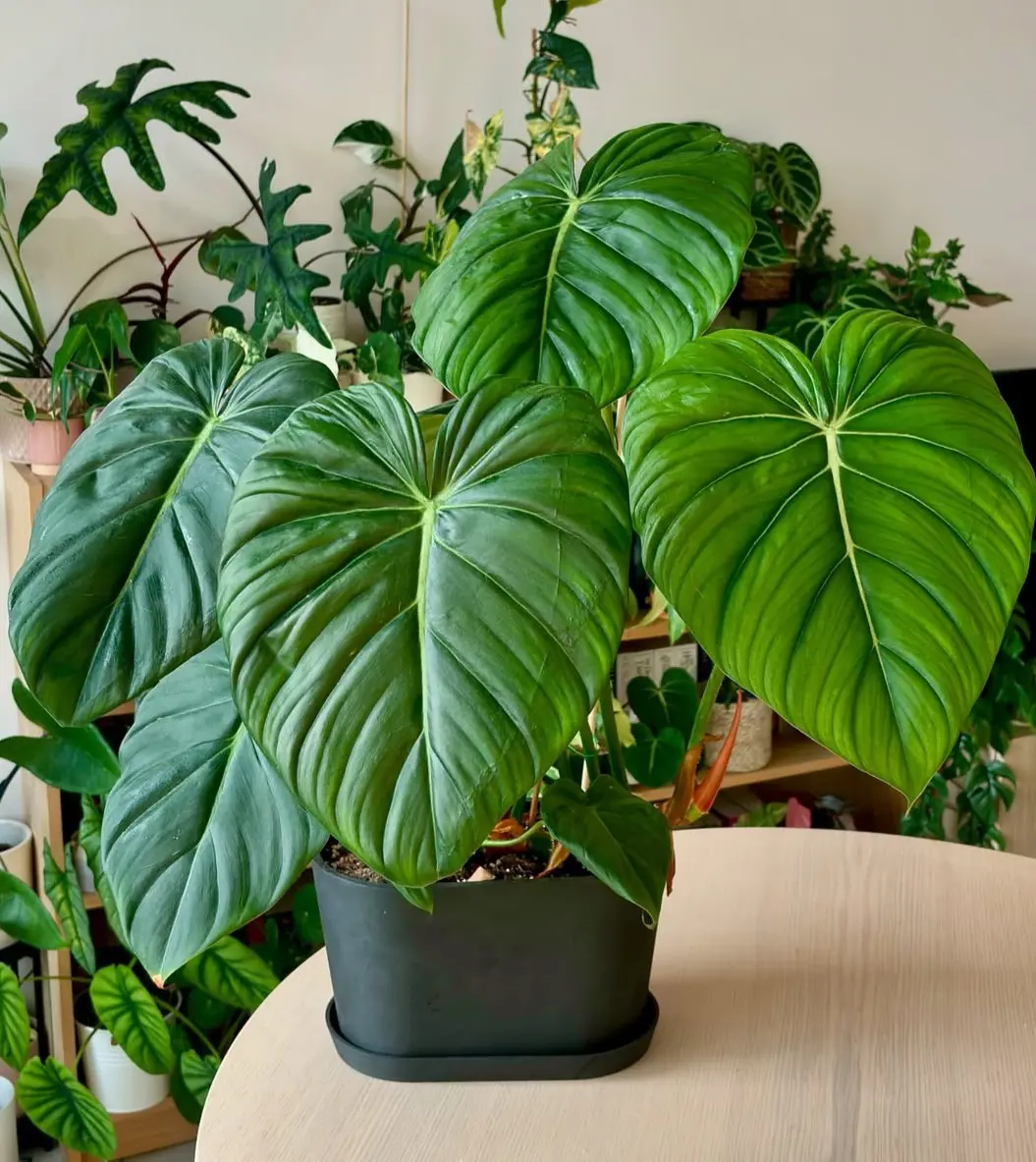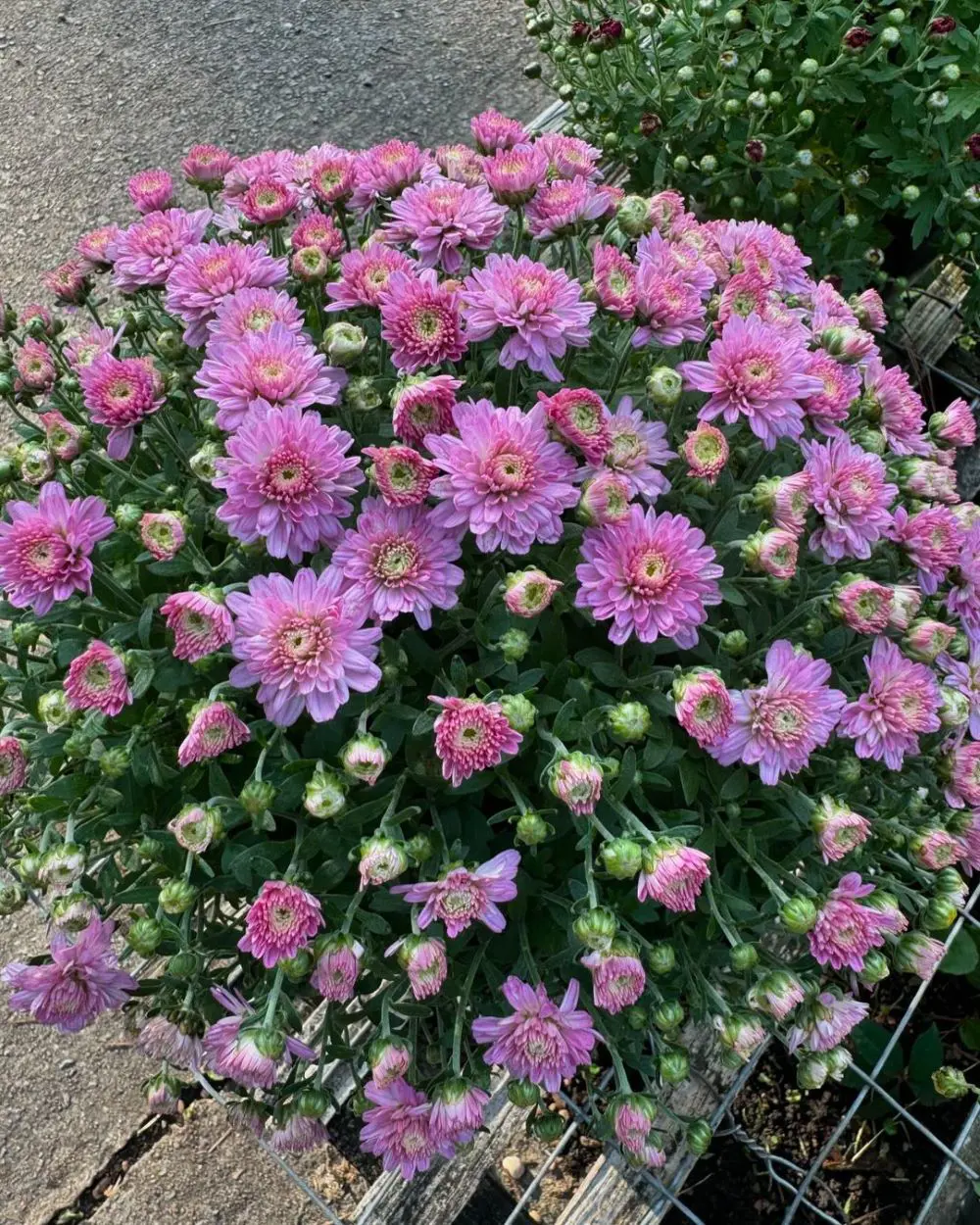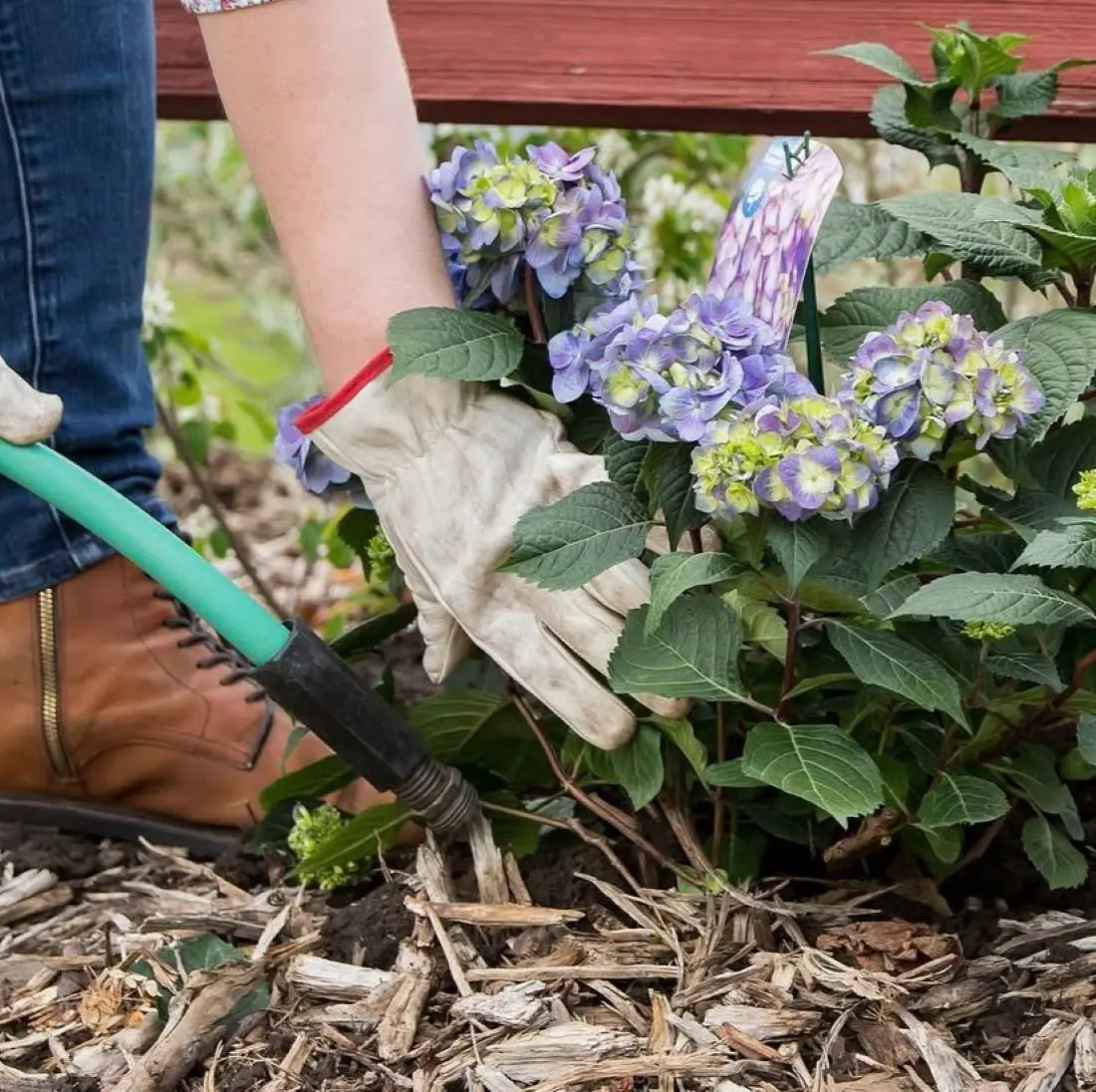1. Understand Their Needs
Succulents themselves are capable of storing water in their leaves, stems, or roots. This is what allows them to thrive in arid conditions and require minimal watering. So, when you are looking for ways to water appropriately, it's better to adopt a "less is more" approach.
Less Is More Approach
Watering them minimally and less frequently helps to mimic their natural habitat. By allowing this, we encourage the succulent to tap into its stored water reserves.
This process helps to develop a strong and healthy root system, capable of efficiently absorbing water when it's available. In cases when succulents are watered more, it only harms succulents, as it creates a constantly damp environment for the roots.
